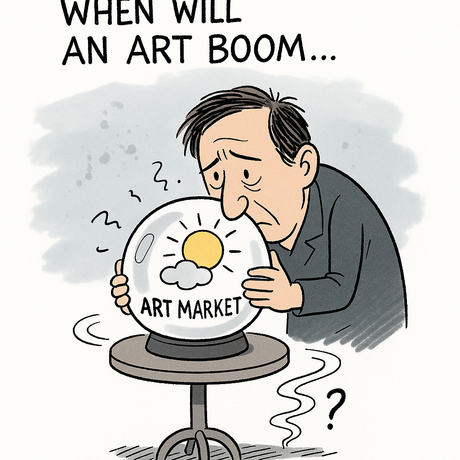The National Gallery in London has opened a groundbreaking exhibition featuring Joseph Wright of Derby, the renowned 18th-century master of light and shadow, marking the first time in 35 years that many of his masterpieces have been brought together in a single space. The exhibition, titled "Wright of Derby: From the Shadows," centers around the gallery's own masterpiece "An Experiment on a Bird in the Air Pump" and reunites it with several of Wright's other significant works borrowed from collections worldwide.
Joseph Wright of Derby was primarily known as a skilled portrait painter, but between 1765 and 1773, he created an extraordinary series of Enlightenment-themed paintings that would define his artistic legacy. Working at the dawn of the Enlightenment era, Wright embraced the revolutionary idea that knowledge of arts, sciences, and culture should be accessible to everyone, not confined to grand houses and universities. His career coincided with two major cultural shifts: the emergence of summer art exhibitions open to the paying public for the first time, and the rise of printed reproductions that made art more widely available.
The centerpiece of the exhibition, "An Experiment on a Bird in the Air Pump," depicts a dramatic scientific demonstration that was actually a common parlor trick of the era. The painting shows an atmospheric experiment where a bird is deprived of air to demonstrate the importance of "dephlogisticated air" (what we now know as oxygen) to sustaining life. Wright's atmospheric lighting technique was remarkably authentic for a time when homes were illuminated only by rush lights or candles, and when the availability of moonlight significantly affected daily working hours.
Visitors will notice fascinating details within the paintings, including a couple in "The Air Pump" who appear more interested in each other than the bird's plight. These figures were actually the artist's friends who also owned some of his paintings, several of which are featured in the current exhibition. The National Gallery has enhanced the viewing experience by displaying actual period instruments alongside the paintings, including a real air pump and an orrery (a mechanical model of the solar system) similar to those depicted in Wright's works.
The exhibition showcases Wright's remarkable ability to fuse scientific wonder with romantic atmosphere. His notebook extracts, also on display, reveal meticulous attention to detail, particularly in his notes about a farrier scene where he carefully planned every element, including a horse that remains barely visible in the shadows of the final painting. One particularly striking work features three men examining a statue of a muscular gladiator, and the exhibition displays the actual sculpture alongside Wright's painting for comparison.
Wright's choice of the Tenebrist style, characterized by dramatic contrasts between light and dark, was particularly well-suited to the newly popular market for printed reproductions of paintings. Those who couldn't afford original artworks could purchase prints, democratizing access to art in line with Enlightenment ideals. The exhibition includes both original paintings and their printed versions, allowing visitors to compare the two formats and understand how Wright's work reached broader audiences.
Some of Wright's more romantic interpretations of scientific subjects create intriguing visual contrasts. His Diogenes-style painting of a philosopher studying bones by lamplight in a cave, while scientifically themed, appears almost fantastical to modern eyes, resembling something from "The Lord of the Rings" more than a realistic scientific scene. This blend of rigorous scientific subject matter with romantic, exotic presentation was characteristic of Wright's unique artistic approach.
The exhibition runs until May 10, 2026, at the National Gallery. While modest in size, it offers a richly curated experience that brings together Wright's most significant works from his brief but influential period of Enlightenment painting. Standard tickets are priced at £14, with concessions available for £12, free admission for those under 18, and £7 tickets for Art Fund members. Gallery members enjoy free admission to this rare reunion of one of Britain's most innovative 18th-century artists' masterpieces.































